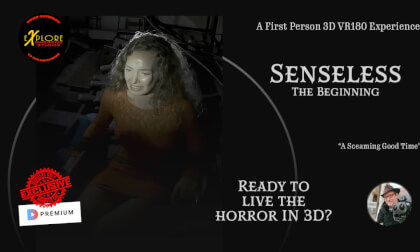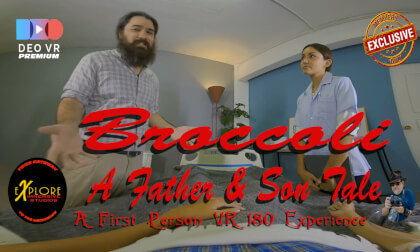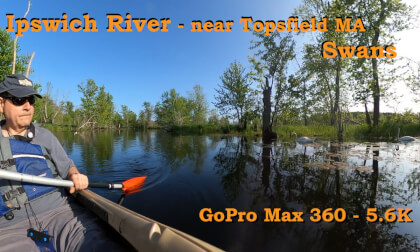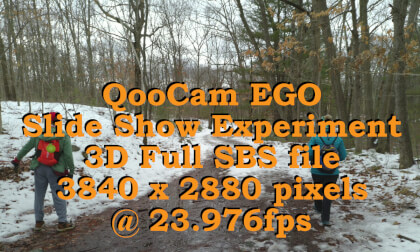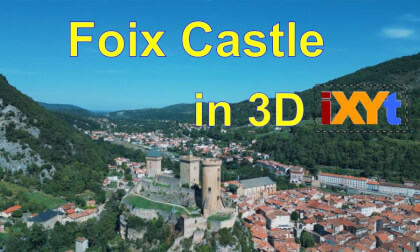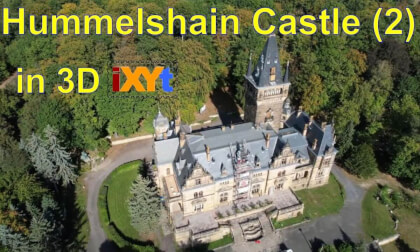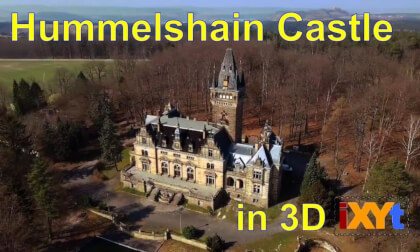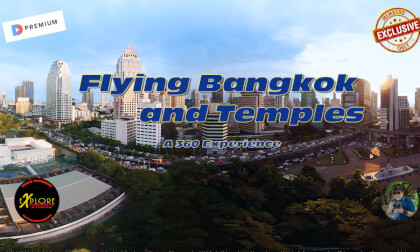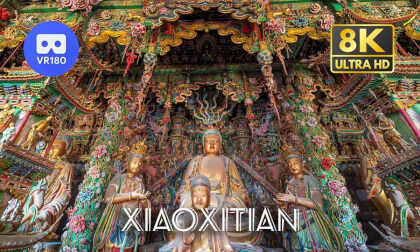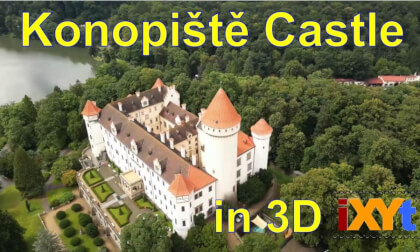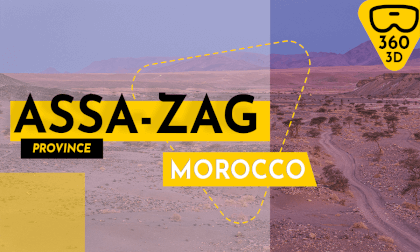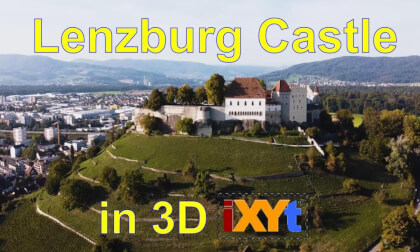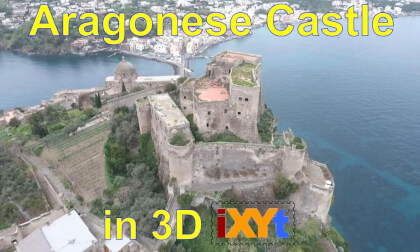
New: AI passthrough!
This amazing Deo feature uses the power of AI to turn every VR scene into AR passthrough! Now you can take characters out of VR and have them right there with you - as if they were in the same room.
Notice: AI Passthrough is presently in beta mode, and as such, users may encounter occasional service imperfections. The feature is currently exclusive to the DeoVR app, but it will soon be accessible on both browsers and mobile devices. Your feedback is highly encouraged and appreciated.
Recommended headsets:
Meta Quest 3, and Quest Pro with stereoscopic color passthrough, Pico 4 (monoscopic color passthrough).
Compatible headsets:
Quest 2, Valve Index (monoscopic black and white passthrough).
Passthrough is not compatible yet for Oculus Link cable.
Check out our complete guide to passthrough and join in the discussion at our busy forum.
It " is among the Vaud fortresses which have most purely preserved their medieval character. The current construction includes more, the is true, than the entrenched castle erected towards the year 1250. The entrenched castle includes a rectangular enclosure flanked by round towers, one of them being converted into a dungeon, the dwellings leaning against the inside the surrounding wall encloses a central courtyard. The door, transformed later, was defended by an oriel lined with machicolations. Over the years, the interior of the buildings has been altered more than once and thus adapted to the taste and style of living of different eras. With its rectangular surrounding wall and its four circular corner towers, the work corresponded, as a whole, to a type of French-inspired fortified castle widely used in French-speaking Switzerland and introduced in our country around the middle of the 13th century. century by the Dukes of Savoy.
This building plan obviously has its origins in Byzantine architecture and undoubtedly made its appearance in Western Europe during the time of the Crusades. In general, this is the pattern of castles built on a plain, where the flat ground facilitated the picketing of a regular plan. The fact that it was adopted for the Château de Champvent, perched on the heights, must therefore be considered as an exception; the bui





